Gardening Program with SAGE Elementary Students
Our Title 1 school is lucky enough to have a decent size outdoor garden that is overseen by community volunteers. One of their goals is to teach our students about the garden.
Because of the that, I offered gardening as a possible elective for my GT (gifted and talented students). See Offering Electives to Elementary Students for more about why and how I offer electives to them. They joyfully selected gardening as one of them.
I also have the privilege of teaching my students multiple years. Along with a brief explanation of the activities for this elective, below is a video about the plants from the outdoor garden that the students created last school year, and one they created this year about our indoor hydroponic garden. (Note: Students are still in the process of composing the individual descriptions of the garden activities they did.)
Description of the Activities
We’ve been shaping our garden, and that comes with a lot of activities during spring and fall. These activities are all very fun. They included: garden class, plant anatomy and good eats. The garden class was very fun. It was basically reading out plant facts from a book. Plant anatomy was where they told us about the plant’s names and different parts.
Outdoor Garden
Our Salazar Green Garden has many diverse types of plants including peppers, tomatoes, rhubarb, mint, two different kinds of plum, peaches, and more! We donate to the Adelante food bank program, a way that Salazar can give back to the community.
Hydronic Garden
Students started a hydroponic garden and successfully grew lettuce, cilantro, spinach, and chives.
Healthy Eating
One of the goals of this program was to teach and have the students enjoy healthy foods.
Connecting School Standards to Gardening Resources
A school garden (however large or small) provides a meaningful context in which students can apply new academic concepts and skills. Whether they are graphing the temperature of their compost pile over time; reading a recipe to make fresh salsa; writing a story from the perspective of an ant; or presenting to a buddy class on the animals that visited their sunflower patch, the opportunities for children to practice traditional academic subjects in the garden are limitless! (Common Core and Next Generation Science in the Garden)
- Standards-Based Learning in a Garden https://www.edutopia.org/practice/garden-based-learning-engaging-students-their-environment
- Connecting the school garden to curriculum standards https://www.canr.msu.edu/news/connecting-the-school-garden-to-curriculum-standards
- From Seed to Plant https://www.monroe.edu/cms/lib/NY02216770/Centricity/Domain/141/fromseedtoplant12-8-15.pdf
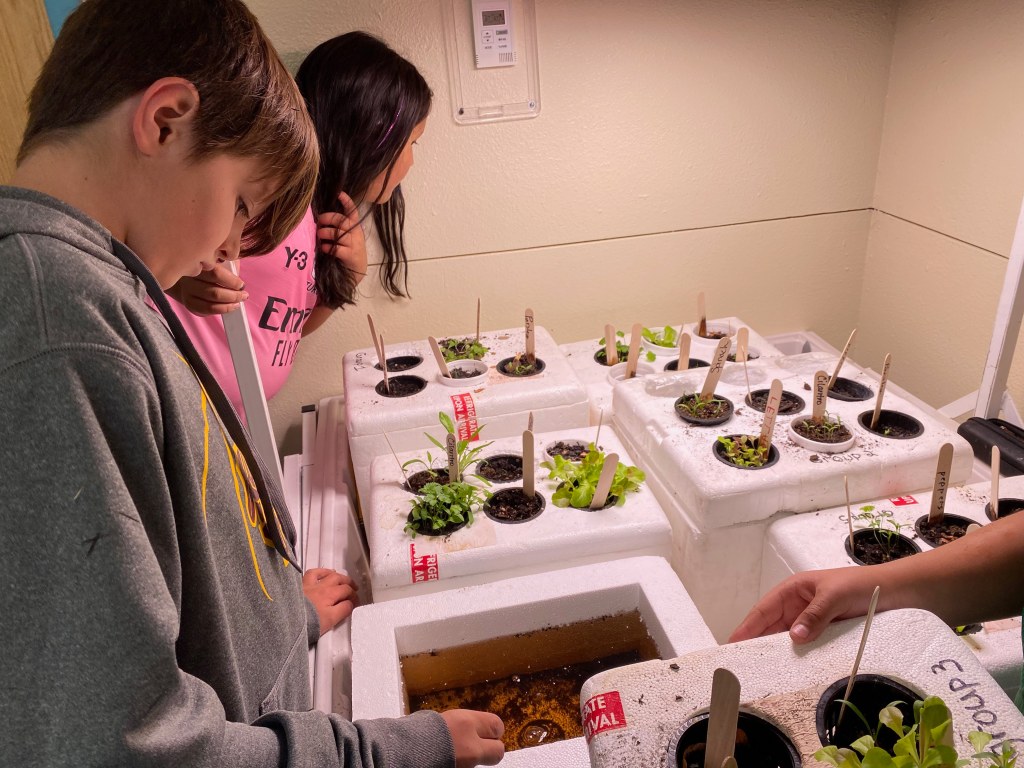
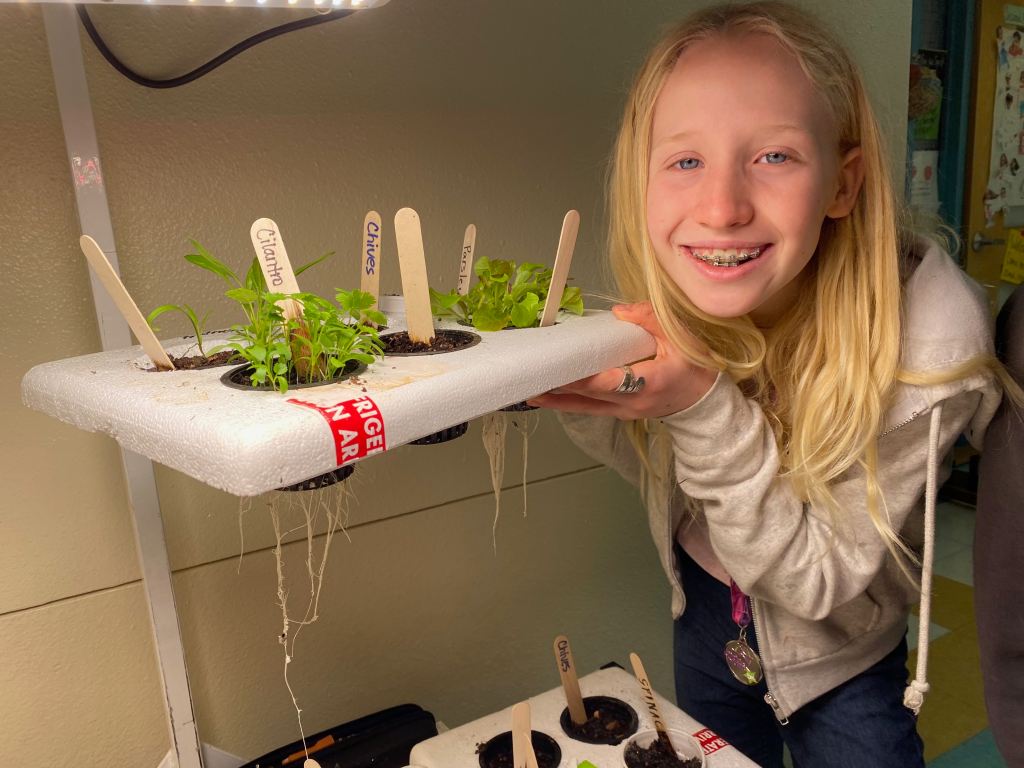
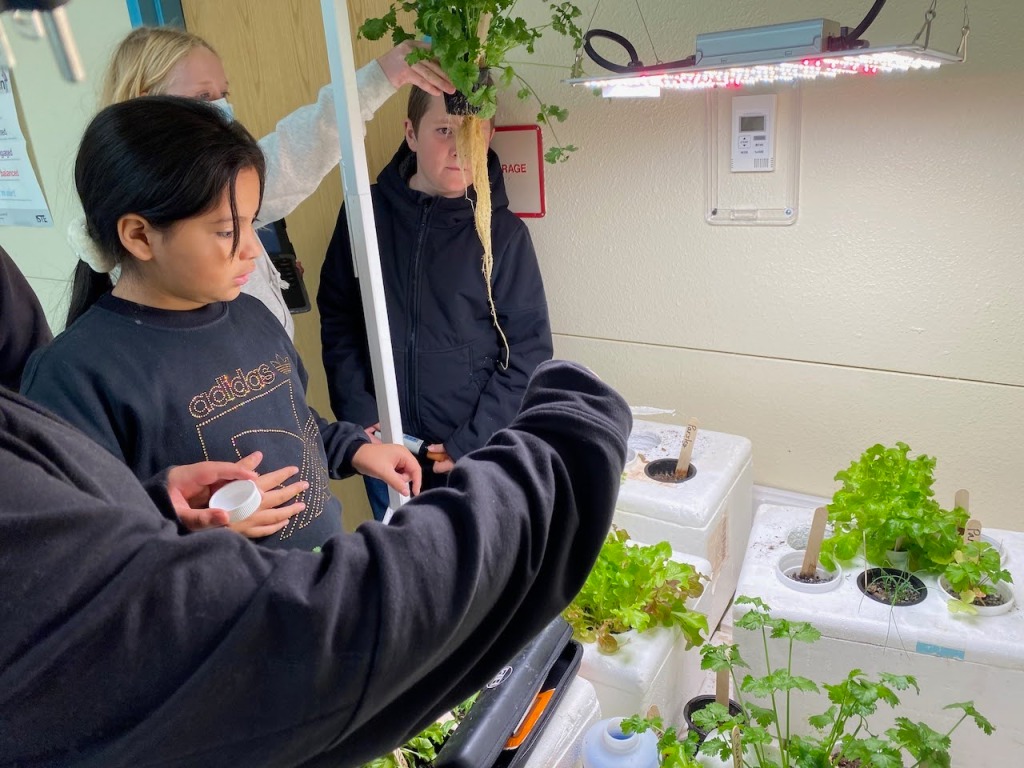
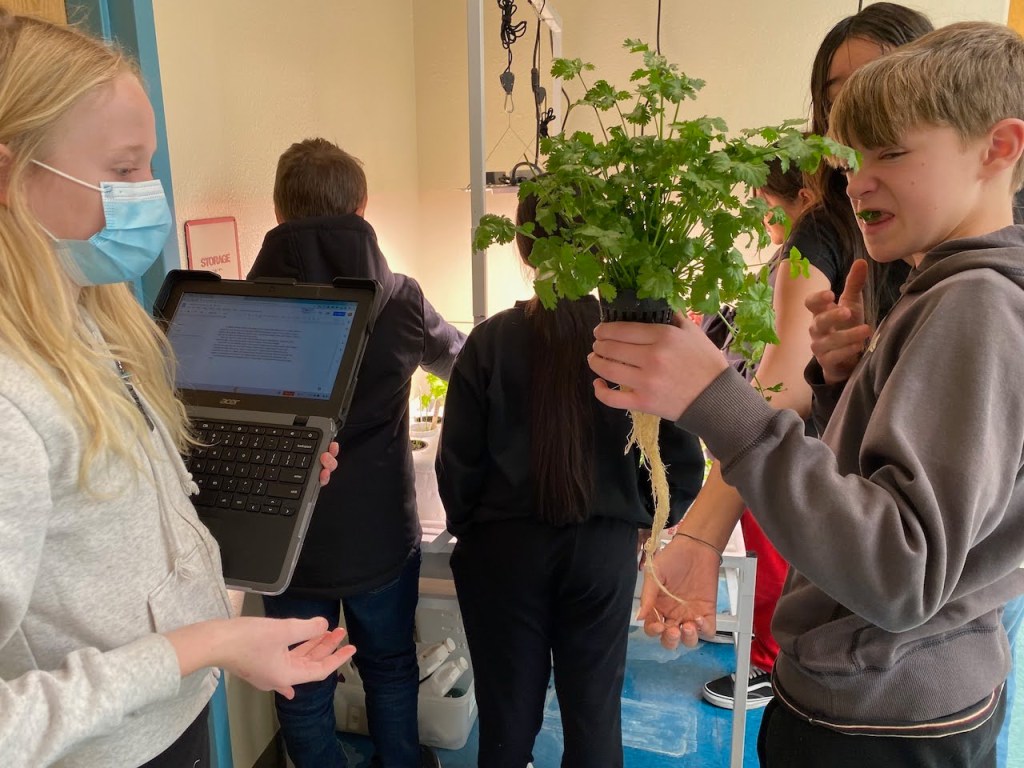
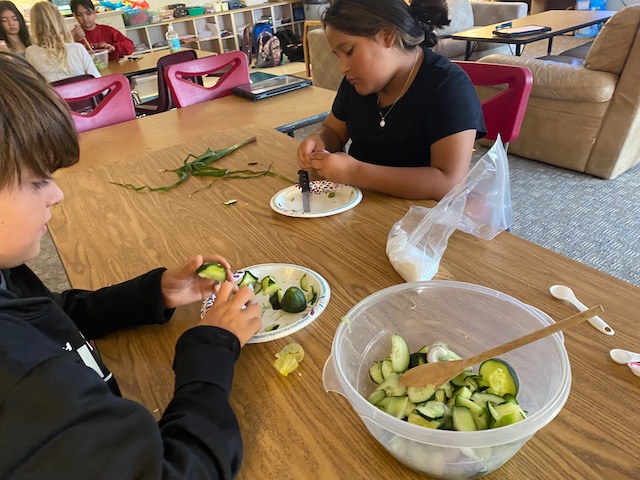

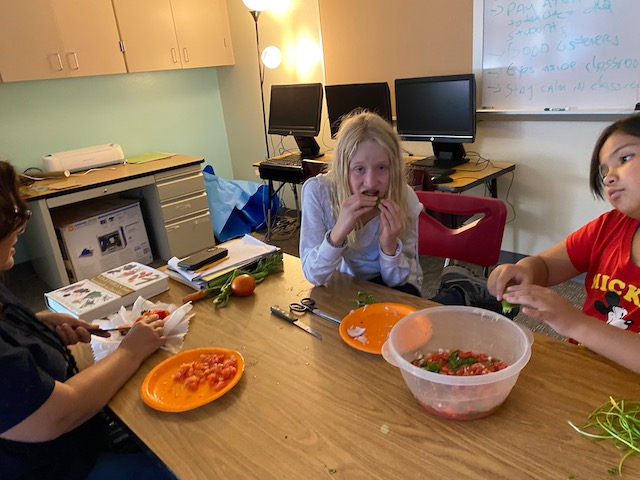
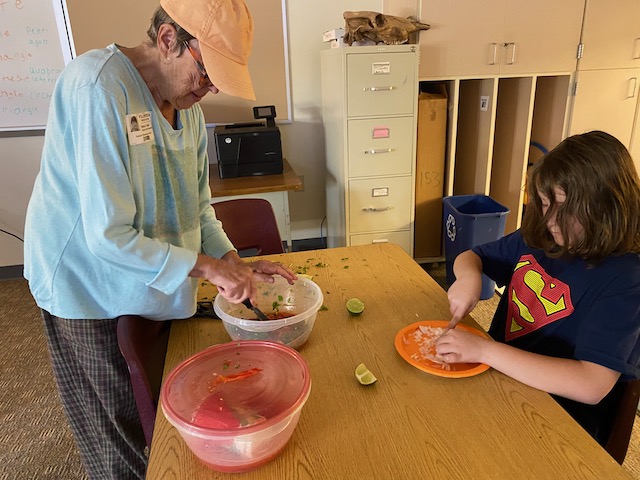


Leave a comment